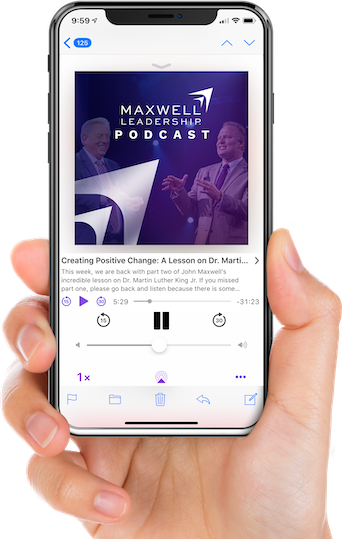LEADERSHIP JUDGMENT

The outcome of a sporting event sometimes is heavily influenced by the judgment of an official or umpire. For instance, with game two of the playoff series between the Boston Celtics and Miami Heat tied 103-103, Celtics guard Rajon Rondo drove toward the hoop for a layup. Dwyane Wade of the Heat appeared to whack Rondo on the head, causing his shot to miss its mark. However, the referee decided not to whistle a foul, and the Heat took advantage of the no-call, quickly scoring a basket at the other end of the court. They would go on to defeat the Celtics 115-111.
We often think of judgment as taking place at a single moment in time, much like the pivotal decision made by the referee in the Heat-Celtics game. In actuality, judgment occurs as a dynamic, ongoing process in which we constantly receive new information and have the opportunity to make adjustments. As leaders, before we make the right call, we must first identify which decisions are the most critical. Then, after making a decision, we must be able to follow through on it in order to see results. Altogether, judgment takes place over the course of three stages: identification, decision-making, and execution.
IDENTIFICATION
To grow more productive, a person must be able to separate the trivial from the important and to focus on the latter. In leadership, however, setting priorities isn’t enough. Priorities must also be shared, or held in common, by those in the organization. Furthermore, in order to bring about alignment, a leader has to sell key influencers within the organization on the importance of particular priorities.
The first step in identification is to revisit the big-picture vision. Where are you headed as an organization? What do you hope to accomplish? Only decisions with direct bearing on your vision deserve your attention.
Identification then proceeds by listening. Ask your teammates the biggest problems they encounter on the job from day to day. Also, solicit input on the opportunities they see to improve the way you do business. Asking for ideas and feedback from team members has two benefits. First, it allows you to overcome your personal blind spots as a leader. Second, it empowers others by giving them a voice.
Finally, identification involves focusing your team’s attention on the major decision at hand. As a leader, this means taking the time to sit down with your most influential teammates to make sure they understand why the decision is important and how it may affect them. At this point, a leader asks for assistance in gathering the information needed to make an educated decision. Additionally, the leader secures a commitment from others to support whatever final decision is made.
DECISION-MAKING
After determining which decisions deserve precedence and evaluating information pertaining to the decision, a leader then makes the call. At this stage, courage counts just as much as intelligence. Oftentimes the difficulty in decision-making has nothing to do with uncertain knowledge about the best course of action but rather lies in overcoming the negative emotion associated with making a tough call.
EXECUTION
What good is making a decision without taking steps to implement it? In the words of A.G. Lafley, former President and CEO of Procter & Gamble:
Execution is the only strategy that anybody on the outside ever sees. They [consumers, retailers, and competitors] don’t see the strategy we wrote down. They don’t see the choice set.
Your customers and clients know nothing of the decisions you reach except what you communicate to them through action.
Every time you make a decision as a team, assign someone to take ownership of its execution. Also, create milestones that will allow you to measure progress on decision’s implementation. Finally, collect feedback on the impact of the decision once it has been executed and make adjustments as needed.
This article was inspired by Warren Bennis and Noel Tichy’s excellent book: Judgment: How Winning Leaders Make Great Calls.
More Articles

Do I Believe The Best In Others?

Does Love Work as a Leadership Principle?









Be the first to comment on "LEADERSHIP JUDGMENT"